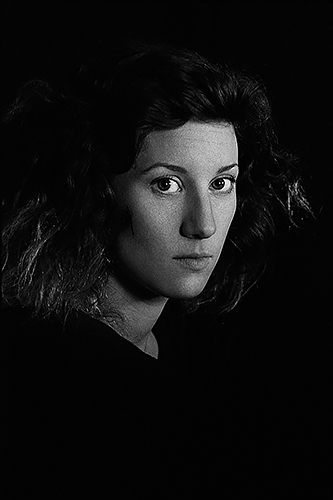Laura Gwenaëlle Berson was born in Paris in 1987. She studies Applied Arts, then comedy,script-wrinting and cinema. It is a few years later that she is moving towards a more intuitive photographic, plastic and writing work, enabling her to express everything she doesn't know just as much as the others, with the aim of finding the essence of something. Her conceptualized artistic practice allows her to play on forms, bodies whatever they are, by diving into the heart of the infinitely large and the infinitely small, to try to connect the sensitive but not palpable part that binds the two . Her work oscillates between everything and nothing, here and there, where she moves, like an atom (or electron it depends) free, among others. It is through her raw and spontaneous hypersensitivity that she directs her work towards an intimate questioning, playing on the different strata of reality that accompany it to identify a multi-variable essence.
She exhibited solo in 2015 at the Maison de la Mixité in Paris and was present at Fotofever Emerging Talent in November 2016. She got an
honorable mention for the Chromatics Photography awards in the landscape section. In 2018, she appeared publicly in a Science Shakers - Mixology session - around the imaging of science, organized by the Institute of Complex Systems in partnership with the CNRS, and won the Moscow Foto awards silver price for her serie Some Seeds.
In her series The Intolerante, she tries to highlight the effect of food intolerance on the body, its destructuring of the body see its modification, via its own body damaged and tired by daily pain.
Through the Myth of the Endometrium, she traces the course of the disease of endometriosis from which it is reached, passing painful menstruation and infertility to the possibilities of operations in order to be able to transmit life.
In her series Silentium, she tries to transcribe relationships to others, difficult, tempestuous, whose links fade or weave over time, in a carnal and organic way.
